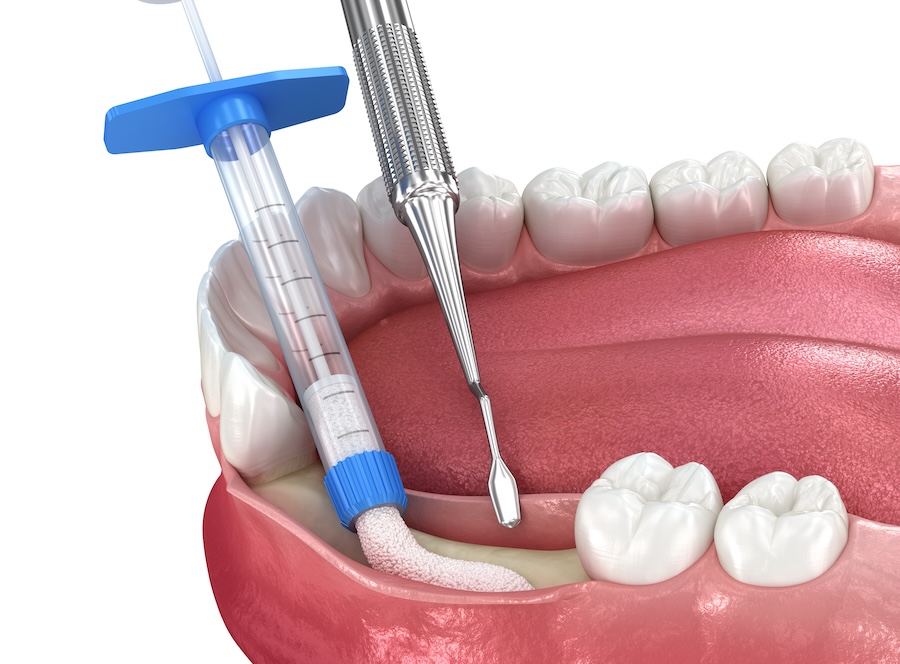
When is a Bone Graft Necessary?
July 11, 2025 9:00 amIf you’ve been told you need a dental implant—or recently had a tooth removed—you might also hear the words “bone graft.” Bone grafting is a common step when the jawbone isn’t strong or thick enough to support future dental work.
In this post, we’ll walk through when bone grafts are recommended, what causes bone loss in the first place, and what to expect if your treatment plan includes one. At Riverstone Dental Care in Canton, GA, our team uses bone grafting to help restore strength and keep your options open for long-term results.
What Leads to Bone Loss?
Your jawbone stays strong through regular use—mainly the pressure from chewing. When a tooth goes missing, that stimulation disappears. Over time, the bone beneath the gap can shrink. Gum disease, infections, or injury can speed up that process. If the bone gets too thin or soft, it may not be able to hold a dental implant securely.
When a Bone Graft is Recommended
A bone graft helps rebuild the jaw’s strength and volume. It’s often recommended when:
- A tooth has been missing for some time: Bone density can decrease significantly without stimulation.
- Bone was lost due to gum disease or trauma: Infection and injury can degrade bone quickly.
- You’re planning to get a dental implant: A solid bone foundation is needed for implant success.
- You’re having a tooth removed and want to preserve the bone: Grafting after extraction can prevent future bone loss.
- A denture or bridge needs better support: A bone graft can improve fit and comfort.
Sometimes, a graft is placed right after an extraction. Other times, it’s done later to prepare for future treatment.
What the Procedure Involves
The procedure begins with local anesthesia to numb the area. A small flap is made in the gum tissue to expose the bone. Most dental bone grafts use allograft (donor tissue) or xenograft (animal-derived) materials, though synthetic grafts or autografts (your own bone) may also be used. These materials act as a scaffold, giving your body a structure to build new bone around. In many cases, a resorbable membrane is added to protect the graft during healing. This thin layer gradually dissolves as your body regenerates bone. Once the graft is in place, the site is sutured closed. Healing starts quickly, though full regeneration and osseointegration—the process where the new bone fuses with your natural jawbone—can take several months. Most patients resume normal activities within a day or two.
Explore Bone Grafting Options in Canton at Riverstone Dental Care
If you’re facing tooth loss or preparing for a dental implant, a bone graft may be part of your path forward. At Riverstone Dental Care in Canton, GA, Dr. Ruximar Linkous, Dr. Curtis Guest, and Dr. Alex Mehraban can evaluate your jaw health and discuss next steps. Call today to schedule a consultation and learn how bone grafting fits into your treatment plan!
Categorised in: Restorative Dental Care